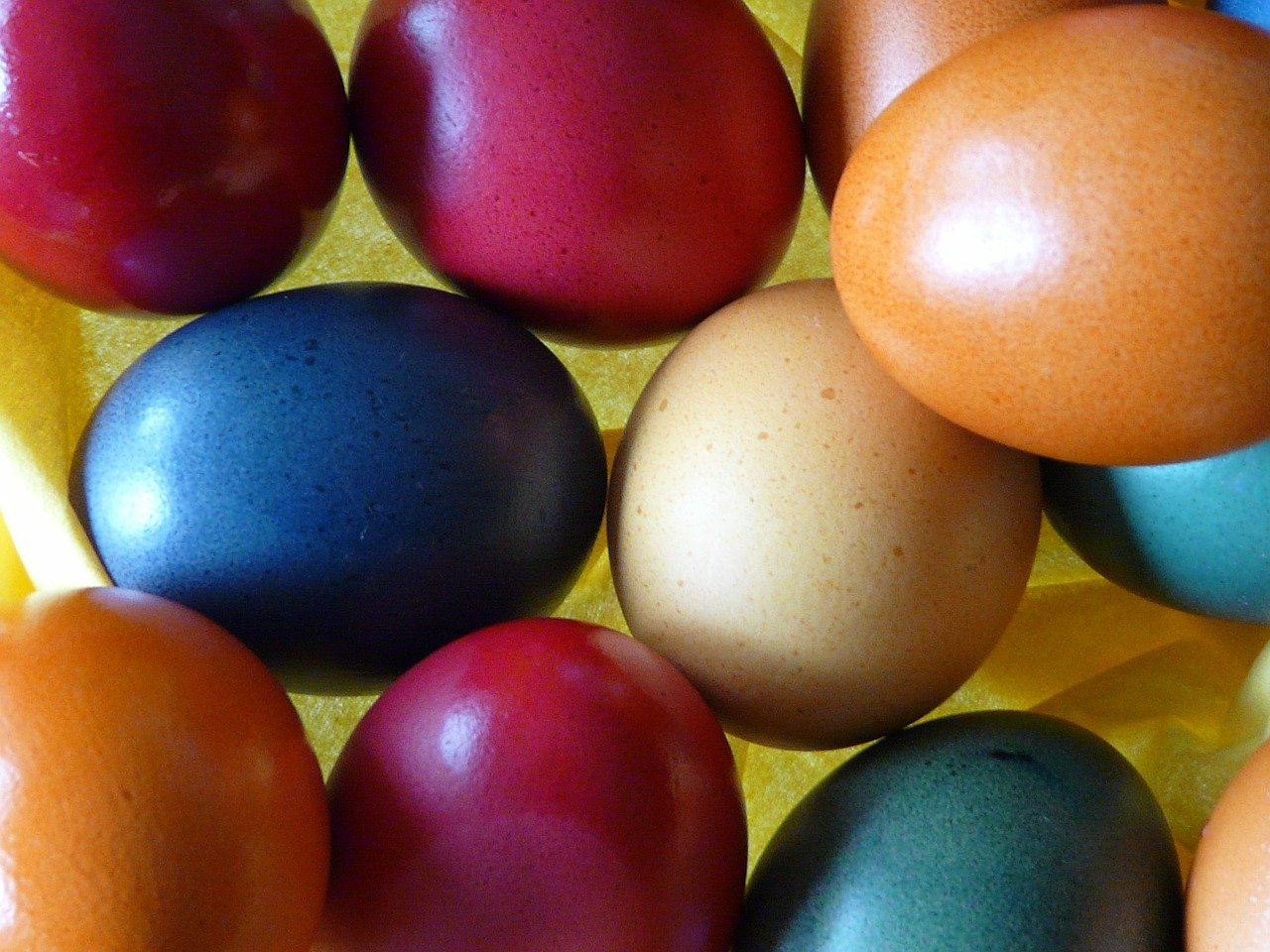In February 2020 researchers from India and Qatar published their review on the use of food colouring and autism. They stated that in 2018 the Centers for Disease Control and Prevention in the USA had identified 1 in 59 children (1 in 37 boys and 1 in 151 girls) as having autism spectrum disorder. It is known that nutritional and environmental factors play major roles in both autistic spectrum disorders and attention deficit/hyperactivity disorder. Attractive food colours promote the consumption of different food products. However, since 2011 it has been known that that food colouring is linked to harmful effects in children. Artificial food colourings contain toxic chemicals which can worsen mental health problems and many families with autistic children avoid food colouring in their diet so as to avoid behavioural issues. One study has reported a link between Yellow food dye and sleep problems, whilst food colours Blue 1 and 2, Green 3, Red 3, Yellow 5 and 6, Citrus Red 2, and Red 40 can trigger many different types of behaviour in most children. Artificial food colouring frequently contains petroleum and is manufactured in a chemical process that includes formaldehyde, aniline, hydroxides, and sulfuric acids. Most impurities in the food colouring are in the form of salts or acids although sometimes lead, arsenic, and mercury may even be present. It should also be noted that a study conducted in the UK found a link between food colouring and hyperactivity in children. However, the researchers stated that the research undertaken so far does not prove that food colouring actually causes autism spectrum disorder, although there does appear to be a link of some type.
Bakthavachalu P et al. Food Color and Autism: A Meta-Analysis. Adv Neurobiol. 2020;24:481-504.

